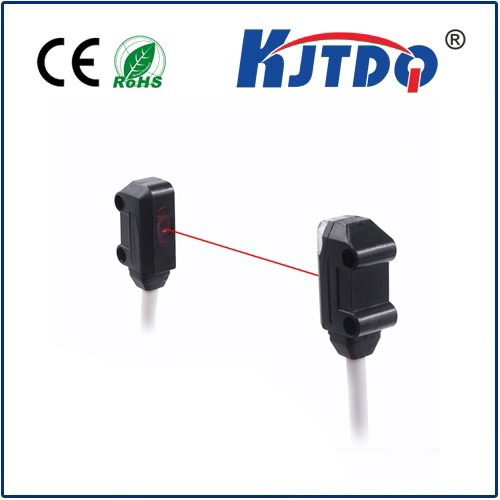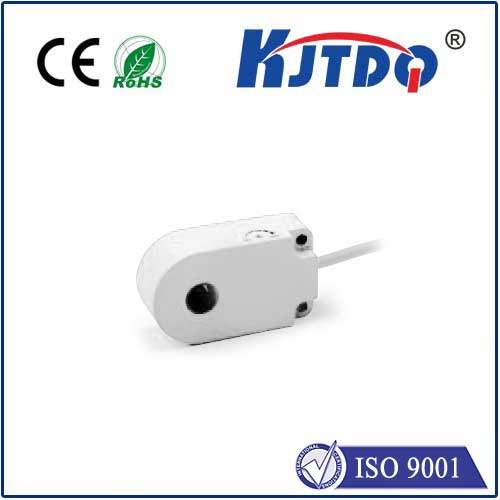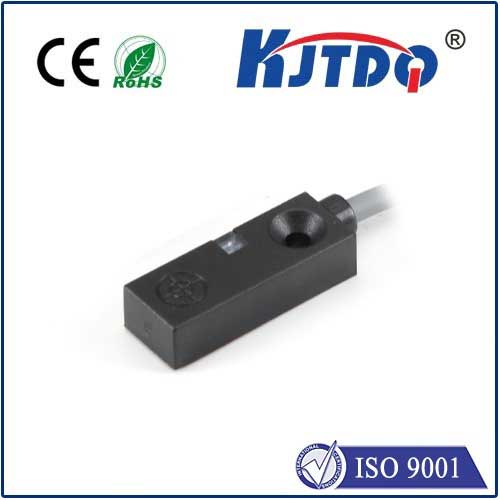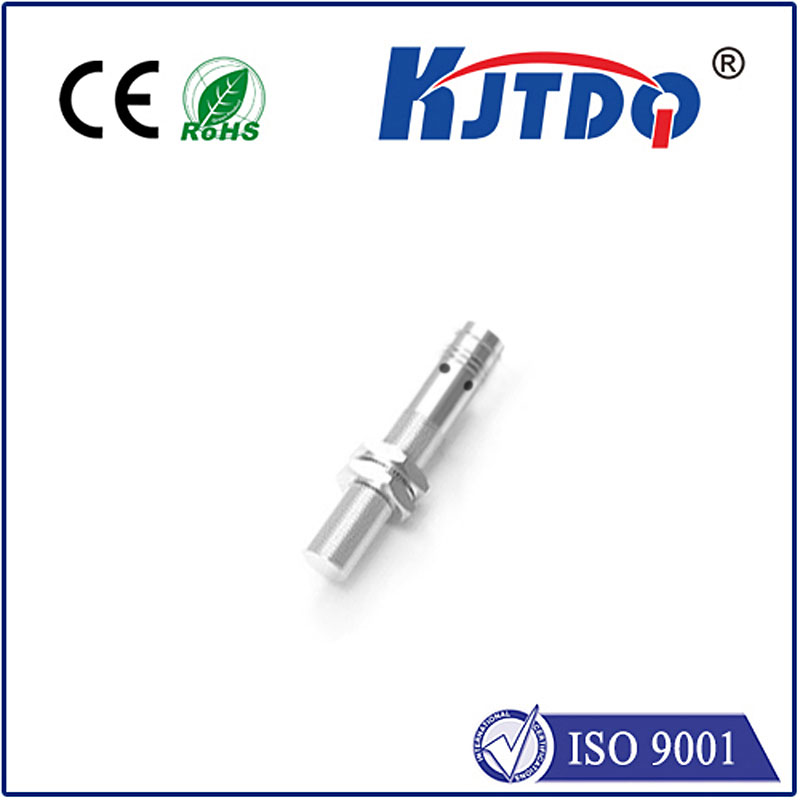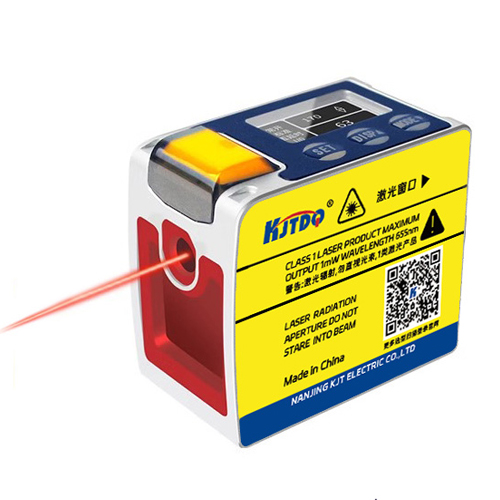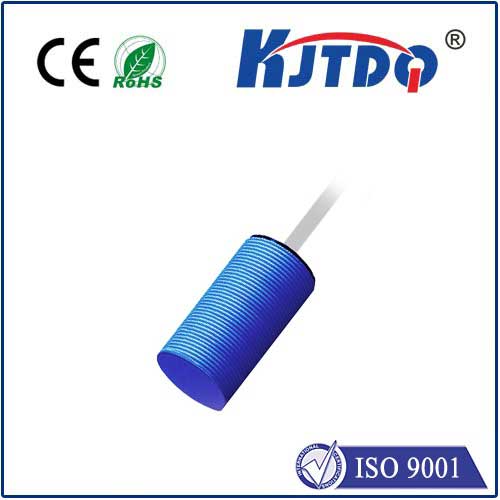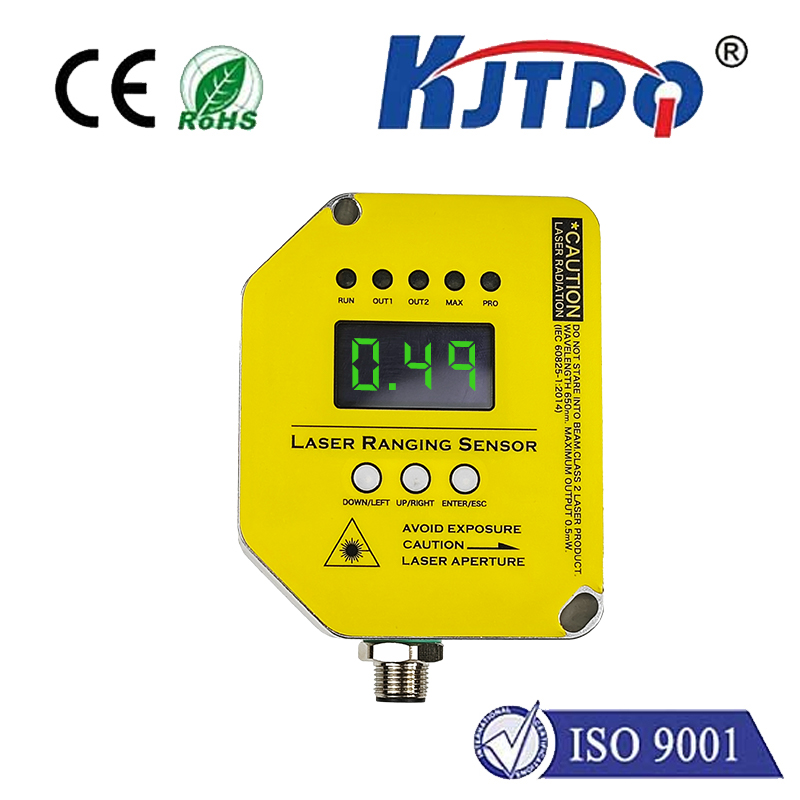PPQ-1 Pull rope switch
- time:2025-09-23 04:32:55
- Click:0
PPQ-1 Pull Rope Switch: Your Essential Line of Defense for Perimeter Safety
Imagine this: a worker becomes entangled in moving machinery on a vast factory floor. Seconds count. Can they reach a fixed emergency stop button in time? This is where the humble yet critical PPQ-1 Pull Rope Switch becomes a literal lifeline, offering an instantly accessible emergency stop capability along an entire length of machinery. It’s not just a switch; it’s a fundamental component of robust industrial perimeter safety, designed to halt operations immediately when danger strikes, preventing catastrophic accidents.
Understanding the Core Function: A Linear Life-Saver
At its heart, the PPQ-1 is a rope-operated emergency stop device. Its primary function is deceptively simple: when a person pulls the suspended rope anywhere along its installed length, the switch triggers a safety relay, sending an immediate signal to cut power to the connected machinery. This instantaneous braking action is crucial for environments like conveyors, assembly lines, material handling systems, processing plants, or anywhere large machinery presents hazards along its perimeter. Unlike fixed emergency stop buttons that require proximity, the PPQ-1 pull rope switch acts as a continuous, easily accessible safety barrier.
How the PPQ-1 Pull Rope Emergency Switch Works: Simplicity in Action

The operational principle leverages straightforward yet reliable mechanics:
- The Rope: A durable, clearly visible rope (often yellow with red handles) is tensioned and installed parallel to the hazard zone.
- Activation: Pulling the rope anywhere along its span applies tension to the cable core within the switch housing.
- Mechanical Linkage: This tension acts on an internal mechanism (typically a spring-loaded cam or lever system).
- Contact Action: The mechanism forces the safety contacts inside the switch to change state – normally closed (NC) contacts open, and normally open (NO) contacts close. Crucially, these contacts are positively driven, meaning the mechanism forces them apart upon activation, ensuring a fail-safe operation even if contacts weld.
- Safety Circuit Trigger: This contact change signals the connected safety relay or directly interfaces with the machine’s safety controller, demanding an immediate, uncontrolled stop (Category 0 stop per EN/IEC 60204-1).
Key Features and Advantages of the PPQ-1
The effectiveness of the PPQ-1 lies in its specific design features engineered for harsh industrial realities:
- Long-Activation Span: The defining feature. Activation is possible anywhere along the rope’s entire length, providing unparalleled perimeter coverage. A single switch can monitor and protect vast stretches.
- Positive Opening Operation: The contacts are mechanically forced open, adhering strictly to safety standards like EN ISO 13850. This guarantees the circuit breaks even with welded contacts, providing functional safety integrity.
- High Mechanical Ruggedness: Constructed from robust materials like die-cast aluminum or hardened plastics, PPQ-1 switches are built to withstand dust, moisture, vibration, impact, and extreme temperatures common in factories, mines, or outdoor applications.
- Manual Reset: After activation, the switch must be manually reset at its housing. This prevents accidental or unsupervised restarting, ensuring personnel investigate the cause before machinery resumes operation, a fundamental safety lockout principle.
- Visible Actuation Indicators: Clear visual flags or indicators show whether the switch is in its normal “run” position or has been tripped (“stop” position), aiding in troubleshooting and safety system monitoring.
- Flexible Mounting & Configuration: Available in various mounting orientations (horizontal, vertical, or angled) and rope entry points to suit diverse installation needs. Multiple PPQ-1 units can often be linked mechanically for very long conveyor runs.
- High Breaking Capacity Contacts: Designed to reliably interrupt significant electrical loads common in industrial motor control, ensuring the stop command effectively halts the machinery.
Critical Considerations: Installation and Maintenance
Merely installing a PPQ-1 isn’t enough. Proper implementation is key to its effectiveness as a safety component:
- Strategic Placement: The rope must run parallel and close enough to the hazard zone so that anyone entangled or endangered can easily reach and pull it. Attention to height and accessibility is vital.
- Correct Tension: The rope must be tensioned according to the manufacturer’s specifications. Too loose, and it may sag excessively or fail to activate reliably; too tight, and it could damage the mechanism or cause false activations. Proper tensioning is non-negotiable.
- Clearance and Obstructions: Ensure the rope path is free from obstructions that could impede a pull or accidentally catch the rope. Maintain adequate clearance from moving parts.
- Braking Distance: The system design must account for the machine’s stopping time and distance. The pull rope must be positioned far enough in advance of the hazard so that machinery can come to a complete stop before a person reaches the dangerous point.
- Redundancy (For High Risk): In extremely hazardous situations requiring higher Safety Integrity Levels (SIL) or Performance Levels (PL), redundant systems or combining the rope switch with other safety devices (light curtains, safety mats) might be necessary.
- Regular Inspection & Testing: Like all critical safety devices, PPQ-1 pull rope switches require regular scheduled maintenance:
- Visual inspections for rope damage, fraying, corrosion, or blockages.
- Functional testing: Periodically pull the rope at various points to verify immediate activation and reliable stop signal generation.
- Checking tension and mounting integrity.
- Cleaning per manufacturer guidelines to prevent buildup interfering with mechanics.
The Indispensable Role in Modern Safety Landscapes
The PPQ-1 Pull Rope Switch remains a cornerstone of machinery safety strategies globally. Its simplicity, reliability, and ability to provide an instantly accessible emergency stop mechanism over long distances make it irreplaceable for perimeter protection. By understanding its operation, adhering to strict installation guidelines, and committing to diligent maintenance, safety managers and engineers leverage the PPQ-1 to create significantly safer work environments. It transforms a simple rope into a powerful safety barrier, embodying the principle that emergency intervention should always be within arm’s reach, preventing accidents before they escalate into tragedies.






